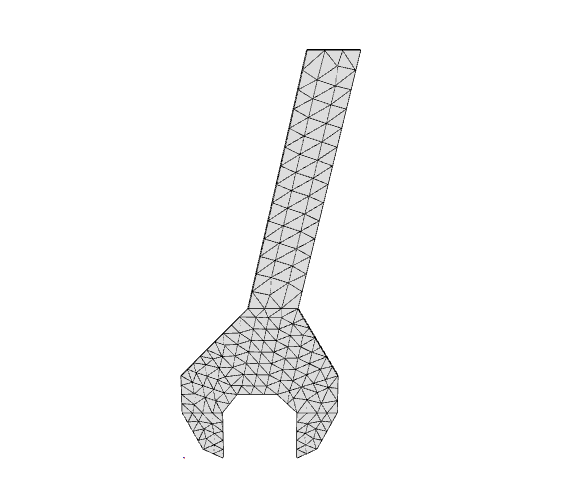Surface#
- Model.surface(split, element, args, points=None, name=None, **kwds)#
Create a surface mesh of elements in the current model.
- Parameters:
split – tuple of integers The number of elements in the local \(x\) and \(y\) directions.
element – str The name of the element type to use.
args – tuple or dict, The arguments to pass to the element constructor.
points – list of tuples The coordinates of the points in the mesh.
name – str The name of the mesh.
kwds – dict The keyword arguments to pass to the element constructor.
order – int The order of the elements to use.
shape – str The shape of the elements to use. Can be “Q” for quadrilateral or “T” for triangular.
- Returns:
Surface
This method is analogous to the Create_Block utility of FEDEASLab.
Examples#
The following snippet is part of this
example on the STAIRLab gallery. It creates a \(8 \times 4\) mesh of linear (order = 1)
quadrilateral elements.
import xara
model = xara.Model(ndm=2, ndf=2)
mesh = model.surface((8, 4),
element="Quad",
args={"section": 1},
order=1,
points={
1: [ 0.0, 0.0],
2: [ L, 0.0],
3: [ L, d ],
4: [ 0.0, d ]
})
For a more complex example, visit the wrench example on the STAIRLab gallery.
